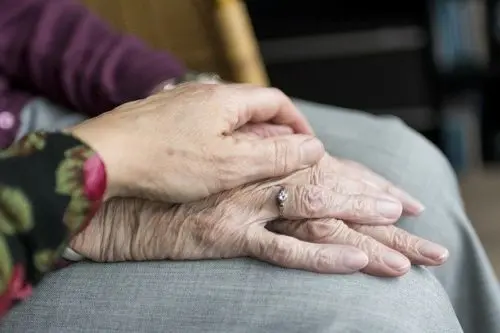Last month, Rastin Gluckstein Lawyers summarized the legal test required to prove negligence and how it would apply in forthcoming negligence-based lawsuits against long-term care facilities and the harmful spread of COVID-19 within the facilities. Taking a more fact-specific approach now, this blog will examine the specific challenges that arise for individuals seeking compensation for harm suffered as a result of negligent long-term care facilities.
Establishing a Long-Term Care Facility's Liability
As previously stated, for a long-term care home to be found liable for harm suffered by a resident, four principles must be established:- The long-term care facility owed a duty of care to the injured resident;
- The long-term care facility breached the reasonable standard of care;
- The injured resident suffered compensable harm due to the long-term care facility's breach of the standard of care; and,
- The injured resident's harm would not have occurred but for the negligence of the long-term care facility.
Breach of Care
This brings us to the second and most troublesome aspect of the negligence test in the context of COVID-19 based litigation. To prove negligence, an injured individual must prove that the long-term care home breached the standard of care and did not act reasonably in the circumstances. Acting unreasonably does not mean that the long-term facility was acting imperfectly; a court must compare the conduct of the specific facility with a "reasonable long-term care facility" that was facing all of the same circumstances. Currently, the law is unclear about what constitutes "reasonable" during the COVID-19 pandemic. There have been numerous reports indicating that long-term care facilities are understaffed, underfunded, and have been struggling to control the spread of the virus. The key determination is whether the long-term care facilities have been making their best efforts with the staff and supplies that they have to protect their residents, or whether the facilities have been cutting corners as a cost-saving mechanism. The report authored by the Canadian Armed Forces, circulated at the end of May, provides a summary of observations at five long-term care facilities. While there has yet to be a legal decision regarding these particular homes, the conduct that was observed could result in a determination that the standard of care was breached. Some of the behaviours could be explained due to staffing issues and a lack of funding, including:- Staff members not responding to residents' cries for help
- Delayed changing of soiled residents
- Inconsistent wellness checks
- Poor communication between shifts
Let a Local Lawyer Help
Again, these principles are incredibly fact-specific, and the law has yet to determine what the applicable standards will be. As is repeatedly indicated, these are unprecedented times, and the Canadian legal system is having to develop means of responding to numerous allegations of negligence. As such, if you or a loved one has been harmed by the negligence of a long-term care facility, please call our firm, fill out a contact form, or reach out to us on live chat to have an experienced personal injury lawyer review your case and determine whether you have a negligence lawsuit that can be properly established. In these difficult times, our legal team is here to help.Expertise.
Share
Subscribe to our Newsletter

